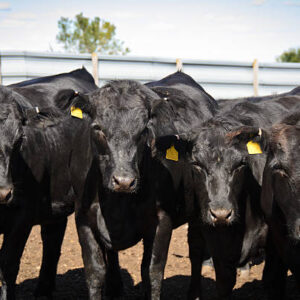By Lowell Cooke, Coldwell Banker The Brokers
Faced with an obvious housing shortage it isn’t too surprising that Billings will undoubtedly see a Construction Boom this summer. Evidence is already mounting.
New construction permits in the Billings Metro area have increased steadily in the months from June 2020 to December 2020. There were 237 permits issued from June 2020 to December 2020, while there were only 131 issued in the same period in 2019. This increase of 106 permits is an 80% increase over 2019 for that period. Already in the first two months of 2021, 49 building permits were issued with only 22 in 2020, or up 122%!
Say Billings is able to maintain an 80% increase in permits over 2020, we could see over 600 permits issued in 2021. There have not been that many permits issued in 18 years when there were 601 in 2003.
The building permits for the Billings Metro area don’t take into account the homes being built outside the city jurisdiction, where no permit is required. There is substantial activity occurring on the outskirts also.
February Recap
The inventory of homes on the market continues to remain at record low levels. As of this writing, there were 120 single family homes for sale in the Billings MLS, Metro area. There were 168 closed sales this February in the entire MLS system, compared to slightly more in February 2020-176 closed sales. The number of listings taken dropped to 213 compared to February 2020 of 228. The year to date, listings taken is down 11.3%, with 439 listings taken this year vs. 495 through the first 2 months of 2020.
Appreciation, Average Sales Price Still Climbing
Want a reason to sell? How about the healthy gain in appreciation? The average, year over year appreciation has jumped again in February to 10.5% for the entire MLS areas. Januarys was 9.2%. Great news for sellers, not so much for buying. The 12-month, year over year average sales price is now at $296,393 compared to $268,314 in February 2020. That is over a $28,000 increase in one year!
Want to Build?
If you are considering building, there is no shortage of available lots for sale. There are just under 400 lots for sale in the Billings MLS, Metro area. With the uptick in building, builders are telling me the challenge is finding the subcontractors available to build the homes as well as shortages and price increases in building materials. Word to the wise, do not try to be your own contractor. If builders are having difficulty finding subs, can you imagine trying to do it on your own while you are paying the interest on the construction loan? Best to find a reputable builder (and there are many) who will hold the construction loan and deal with the delays. It would be my estimation you should expect to see a completion in construction to take over 6 months.


